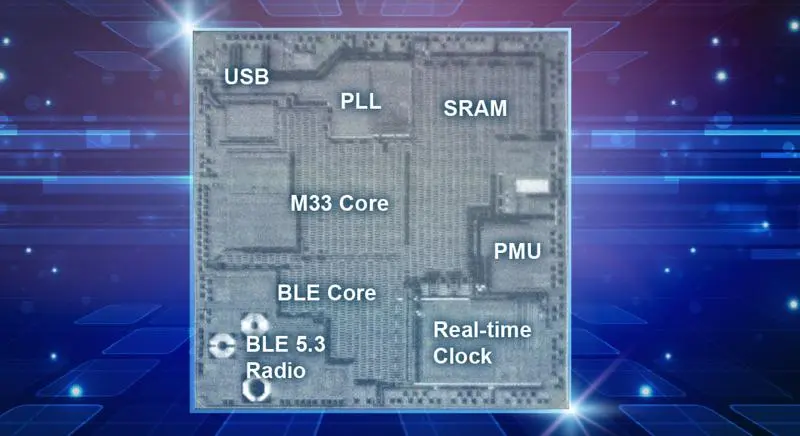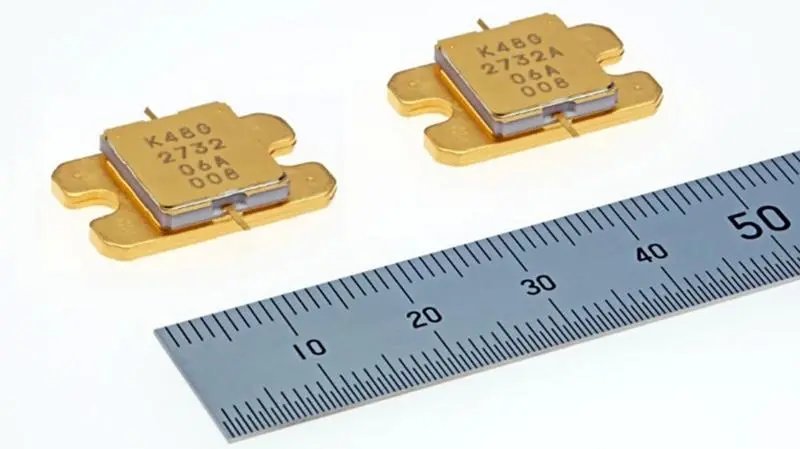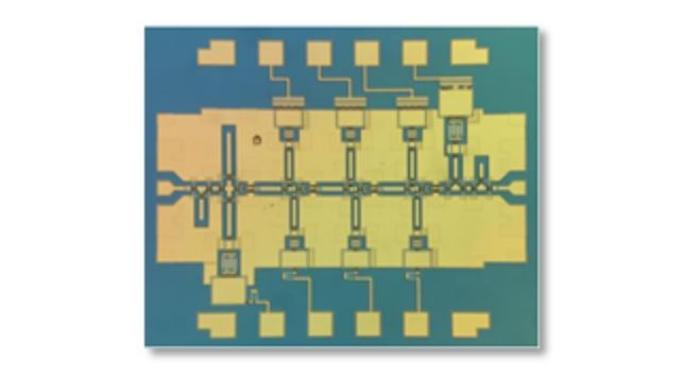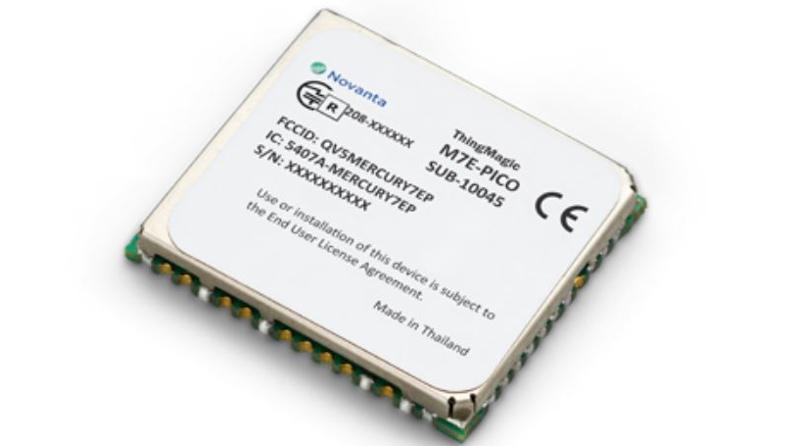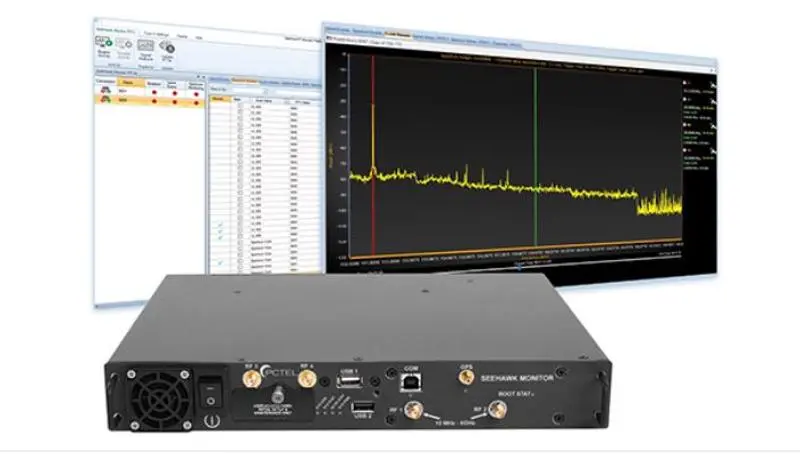
Google’s Pixel Buds Pro earbuds dissected: Noise is (finally) actively detected
- 5G
- 2023-09-23 20:19:25
I’ve to date owned all three major generations of Google’s branded earbuds, skipping the still-sold A-Series gen2 variant. Here are the first-generation (circa October 2017) Pixel Buds, which as you can see were “wireless” only in their connection to an audio source (they retained a wire spanning the earbuds), the two-year later “true” wireless successors (also named the Pixel Buds) in the middle, and the latest Pixel Buds Pro, today’s dissection candidate, to the right:

Putting it kindly, Google’s initial in-ears wireless headset attempts fell well short of the mark. Not only were they pricey, which the A-Series made tangible steps toward solving at the tradeoff of modest defeaturing versus the gen2 precursor, they also exhibited (for example):
Limited battery lifeHit-and-miss connectivity, andAn audible background “hiss” while in useAlong with, of course, the lingering between-buds wire in the first-generation offering.



Google made significant forward strides in all these areas (save, arguably, for price) with the Pixel Buds Pro, as numerous reviews attest. Examples of the praise come from:
9to5 GoogleAndroid PoliceEngadgetThe VergeThe reviews largely match my experiences so far. And as regular readers already know, I have several other wireless options to compare them against, including Amazon’s second-generation Echo Buds (which I’ve admittedly used little to date), Apple’s first-generation AirPods and AirPods Pro, Apple subsidiary Beats’ PowerBeats Pro and Studio Buds, Jabra’s Elite 75t, and Sennheiser’s Momentum True Wireless 2. My only notable critique of the Echo Buds Pro is that their noise cancellation (measured by the critical listen-to-music-while-vacuuming-house test) doesn’t match up with the Elite 75t, for example, despite the software reporting a solid “fit”:





That said, it’s close, and better than several of the others, so no deal-breaker complaints! They sound good, too. The mic performance while on calls is excellent (even in comparison to Apple’s devices, whose “stems” are physically closer to my mouth); the Verge concurs. And the price? The MSRP, $199, is admittedly a bit “salty”, especially when the MSRP on the competitive Amazon Echo Buds (for example) is $80 less, and double-especially when you can catch the Echo Buds on sale (as they are for $69.99 as I type these words, for example). That said, speaking of sales, Google regularly marks down the Pixel Buds Pro, too; they were $150 for Black Friday 2022, for example.
How’d Google accomplish these notable advancements and end results? Let’s find out. Truth be told, I’ve actually got two Pixel Buds Pro sets, the second of which (the left earbud, to be exact) will be going under the knife today. I’ll as-usual begin with some outer packaging shots:





Remove two tape strips from the backside, lift off the top, and the earbuds’ case (still swathed in restraining paper strips to keep it closed) comes into view:

Here’s a closeup of the label inside the box top:

And the case removed from its cradling surroundings:

Underneath you’ll find several extra eartip sets in various sizes, plus two documentation pieces:



But what’s inside the case (as-usual accompanied by a 0.75″ (19.1 mm) diameter U.S. penny for size comparison purposes) is what we really care about, right?


USB-C charging connection (the case, by the way, has IPX2 sweat and water resistance, per the specs, with the earbuds themselves rated for IPX4):

And now looking inside:


One thing you might have noticed right away is that unlike their second-generation Pixel Buds (and A-Series successor) precursors, the Pixel Buds Pro do not include “wings” to help hold the earbuds in place when they’re inserted in your ears. I’ve never been a “wing” fan, so I welcome the change, and I never had any issue with them falling out while in use.
Speaking of falling out, let’s get ‘em out:

This initial overview shot of both earbuds shows one of the two microphone input vents integrated into the circular cover (which comes in four color options, by the way: coral, lemongrass, fog, and shown here, charcoal) and the third mic input, on the earbuds body and against the lower curve of the inside of the ear when inserted. It’s a seemingly odd location choice, not directly exposed to the outside world’s sounds, which led me to initially think it might instead be a bass (and pressure relief) port. But the product specs are adamant that each earbud contains three mics, so that’s what it must be. Keep reading for more on this point!

Here’s another overview shot of both buds, from a different angle. The charging contacts are obvious, as are (thankfully) the “left” and “right” clearly marked qualifiers. One thing that drives me absolutely batty about many earbud sets, along with headphones for that matter, is that it’s near-impossible (especially in low light, and double-especially given my presbyopia) to discern which driver (set, sometimes) is associated with each ear. These don’t have that issue.

Here’s our left-ear patient standalone, with the eartip removed:

And another orientation, this time clearly revealing the integrated IR sensor that detects whether each earbud is inserted in the listener’s ear. One nuance that I’ll mention here is that the Pixel Buds Pros, unlike their predecessors along with many competitors, don’t also integrate separate dedicated IR sensors to discern when each earbud is inserted in the charging case. The case itself discerns whether or not it’s open via (per the specs) a “Hall Effect sensor”; perhaps something similar is also in effect (bad pun intended) for the earbuds themselves, or maybe the sole IR detector in these does double-duty.
Note, too, the first glimpse of the product code (GQGM1) stamped around the rim of the speaker vent housing. Interestingly, at least to me, the left and right (GA34L) earbuds have different product codes, as well as different FCC IDs (SZGGQGM1 for the left earbud and SZGGA34L for the right one), reflective of unique certification processes and report sets.

Here’s a follow-up look at both microphone input vents integrated into the circular cover; the mics themselves find use for active noise reduction and, alternatively, “transparency” functions. That dot to the right of the “G”, by the way, is a disappointing cosmetic flaw with no functional relevance. Its right-bud peer doesn’t have one, nor does either earbud in my other set.

And here’s that aforementioned third mic input vent again:

One more perspective before the cutting-in begins:

And in we go:


Let’s first look closely at the underside of the circular cover:

Removing the foam from the top of the largest IC reveals that my razor blade actions had inadvertently snipped off one corner of it:

It’s the “custom 6-core audio chip that runs Google-developed algorithms—all tuned by our in-house audio engineering team”, quoting from the blog post that accompanied the product release in mid-May 2022:

On either side of the circular PCB is a gold-color MEMS microphone (manufacturer unknown) whose vent hole routes to the PCB’s other side; you’ll soon see where they go next. Around the circumference of the PCB is the gold-color Bluetooth antenna, a key factor in this generation’s significantly improved wireless connectivity. And of course, there are the connectors that, when the earbud is assembled, mate with matched pairs on the other side of the “sandwich”. Sadly though, everything else here is either passives—that mysterious circular object with a square base (hold that thought)—or cryptically stamped ICs with unknown functions from unknown sources. So, let’s check out the other side:




To the right, underneath the cover, is the capacitive touch sensor that controls volume, pause/play, next-previous track toggles, accepting and terminating phone calls, and other earbud functions. The ribbon cable coming from it doesn’t actually go directly to the PCB above it—it was inadvertently cut during initial cover removal—normally it routes to one of the previously shown connectors in the earbud body. Note too, the gold-colored roughly rectangular area in the upper right quadrant; it mates up with the prong on other side of the previously mentioned “mysterious circular object with a square base”, which you can see on the PCB at left. My guess is that the prong assembly serves to ground the sensor to the rest of the earbud’s circuitry; that said, I’d welcome reader theories on this in the comments.
Also on this side of the PCB, and the largest IC there, is Synaptics’ AudioSmart AS33970 headset platform SoC, code-named “Tahiti”. Quoting from the press release, its “highly integrated architecture features hybrid ANC/ENC [editor notes: active noise cancellation and environmental noise cancellation; I’m not entirely sure why Synaptics discerns between the two functions] delivering premium audio quality while significantly reducing system cost, size, and complexity.” Also from the press release: “The AS33970 headset SoC offers cutting-edge technology that leverages the flexibility of the Synaptics’ Neural Processing Unit (NPU) to utilize use-case-specific Deep Neural Network (DNN) models to provide both ENC and hybrid ANC in extremely noisy environments.” You can see the deep learning inference coprocessor in the diagram included in this press-coverage piece. The seeming redundancy is curious to me: which portions of the overall audio processing take place in Google’s own earlier-mentioned “custom 6-core audio chip that runs Google-developed algorithms” versus in Synaptics’ SoC?
What else is discernable on this side of the PCB? Not much, alas. You may have already noticed for example, that I once again inadvertently clipped off one corner of another chip during PCB removal. Peering at the remaining still-attached chip bits, along with the somewhat fuzzy images on the FCC site (the internal photos of the right earbud seem clearest to my old, tired eyes), suggests, albeit not definitively, the following top-side markings:
MX20357EWXK 203VFD
“MX” theoretically suggests that it might come from Macronix, a nonvolatile memory manufacturer (with the chip therefore theoretically holding system code, the pre-trained deep learning model, etc.) but I can’t find a matching product code on the supplier’s website; then again, it might be a custom chip for Google (in general) and/or this product (in particular).
Of course, there are the microphone vent screens on either side of the PCB, which mate up with gaskets (and another set of screens) in the circular cover itself. And there’s also visible evidence of the encircling Bluetooth antenna on this side of the PCB. But everything else is, again, either passives or cryptically stamped chips with unknown functions from unknown sources. In lieu of definitive identification, then, I’ll exit this section with a laundry list of other common earbud functions likely handled somewhere in the mishmash of remaining ICs:
Class D amplification driving the dynamic speaker (which theoretically could alternatively be handled within the “post processing unit” and “analog subsystem” blocks shown in the aforementioned Synaptics Tahiti block diagram, I suppose),Battery charging and overall power management,Touch discernment and overall system control (both likely previously tackled by the STMicroelectronics MCU in iFixit’s second-gen Google Pixel Buds teardown; again, these functions could alternatively be handled by Google’s own earlier-mentioned SoC), andThe Bluetooth transceiverSwitching gears to the more sizeable remainder of the earbuds, I’m unfortunately going to have to leave you with more (tangible, at least) results disappointment:



For the life of me, I was unable to (safely) pry that Li-ion battery out of the case; no amount of thermal assistance from my heat gun loosened the adhesive holding it in place loose, either. I admittedly wasn’t up for an acrid explosion (no matter that I did still shoot some sparks while moving cables and connectors out of the way of the battery below them). And unlike a colleague, I don’t have handy access to a fancy-pants sonic cutter that would have made quick work of the thick plastic enclosure (again, however, with potential “fiery” consequences). So, all I can offer you are the following four remaining teardown shots of the removed speaker vent, with a curious and unexpected sensor (I’m guessing) structure behind it:




For more, I’ll again refer you to the internal photos in the left and right earbud FCC report suites (quick aside: my working theory is that the FCC is supplied with unassembled units for photo purposes, although I admittedly may just be jealous of their comparatively deft teardown skills). The images include, by the way, that earlier mentioned mysterious third microphone, whose unique capabilities in its unexpected location became clear when I dove into the product spec page. There, I saw it identified as a “voice accelerometer”, a term I’d not come across before (thereby explaining when you won’t find this particular technology mentioned in the “on-PCB microphones” article I ironically just finished and filed a few days ago as I write these words).
Remember my mid-November article on earbuds, where I covered bone conduction-based products as one driver implementation option?

Bone conduction headphones…rest directly on the listener’s cheekbones. Unlike traditional headphones and earbuds, the eardrum doesn’t vibrate to pass the information along to the cochlea. Instead, the vibrations from the bone conduction bee-lines for the cochlea. Due to the lack of eardrum involvement, this technology is good for people with hearing deficiencies, as the bone conduction vibration acts in lieu of the eardrum.
Next, revisit my late-November article on microphone technologies, where I wrote:
As some of you may have already noticed, I sometimes generically refer to both speakers and microphones as transducers, since they convert between sound wave energy and electrical energy. You can alternatively use a passive speaker as a dynamic microphone after all, although it wouldn’t be very sensitive or frequency range-encompassing. And I suppose you could also use a dynamic microphone as a speaker, for that matter, although it’d be awful easy to overdrive and destroy it!
Put “two and two together” and come to find out, bone conduction technology can also be used as a microphone implementation foundation. The Pixel Buds Pro earbud’s third microphone, resting against the inner ear, might not be directly exposed to outside sound waves (such as the user’s vocal utterances), but it alternately is nearby the user’s jaw and mouth cavity, where it can pick up the user’s voice that way. Nifty! To wit, and again ironically, just yesterday I came across a Slashdot post discussing how the conventional accelerometers commonly built into smartphones and such can be tapped by malicious actors to listen in on the sounds coming out of those same devices’ speakers. And per that point, the Pixel Buds Pro spec page also includes listings for integrated accelerometer and gyro sensor functions, neither of which is currently leveraged by software to the best of my knowledge but which are capable of implementing (for example) step-counting and spatial audio capabilities.
Jeepers! I just crossed through 2,500 words! Time to wrap up, folks; my editor’s gonna kill me. “Sound” off in the comments!
—Brian Dipertis the Editor-in-Chief of the Edge AI and Vision Alliance, and a Senior Analyst at BDTI and Editor-in-Chief of InsideDSP, the company’s online newsletter.
Related articles:
Microphones: On-PCB options for catching tonesMicrophones: An abundance of options for capturing tonesEarbud implementation options: Taking a test drive(r)Apple’s Beats Powerbeats Pro: a repair attempt blow-by-blowApple’s Beats Powerbeats Pro: No repair…a teardown, though!Noise-suppressing headsets and earbuds: Differences, but all telephony dudsGoogle’s Pixel Buds Pro earbuds dissected: Noise is (finally) actively detected由Voice of the Engineer5GColumn releasethank you for your recognition of Voice of the Engineer and for our original works As well as the favor of the article, you are very welcome to share it on your personal website or circle of friends, but please indicate the source of the article when reprinting it.“Google’s Pixel Buds Pro earbuds dissected: Noise is (finally) actively detected”

